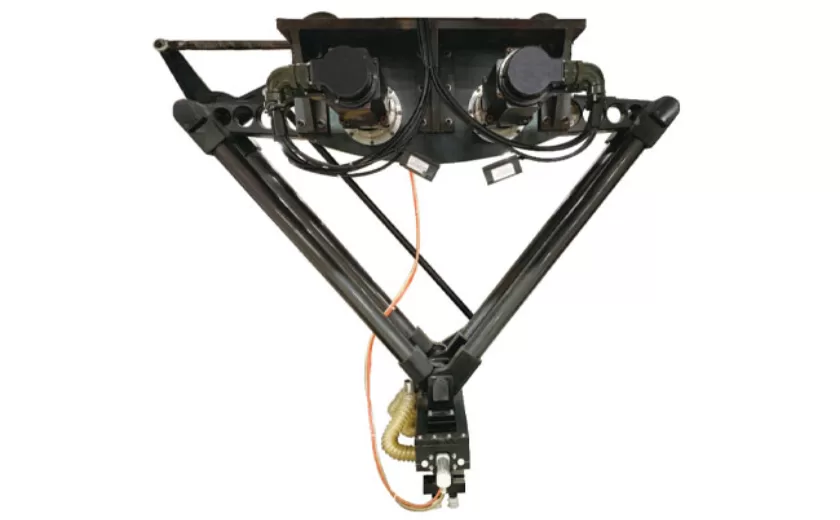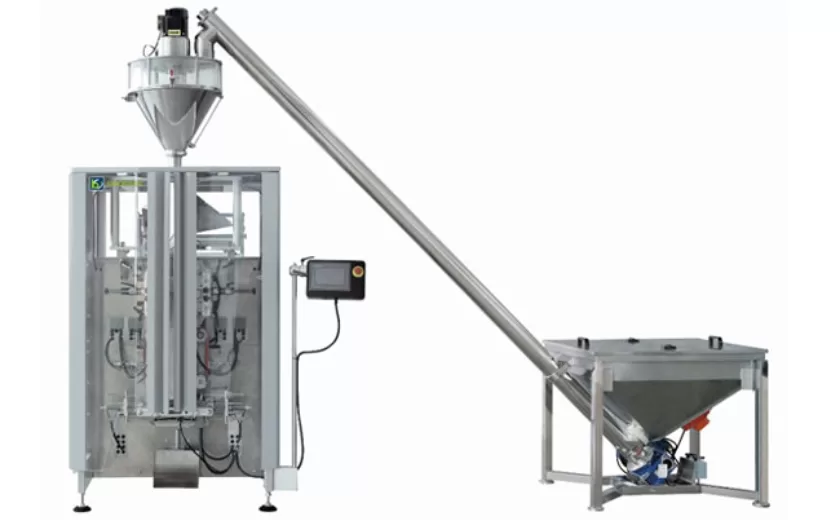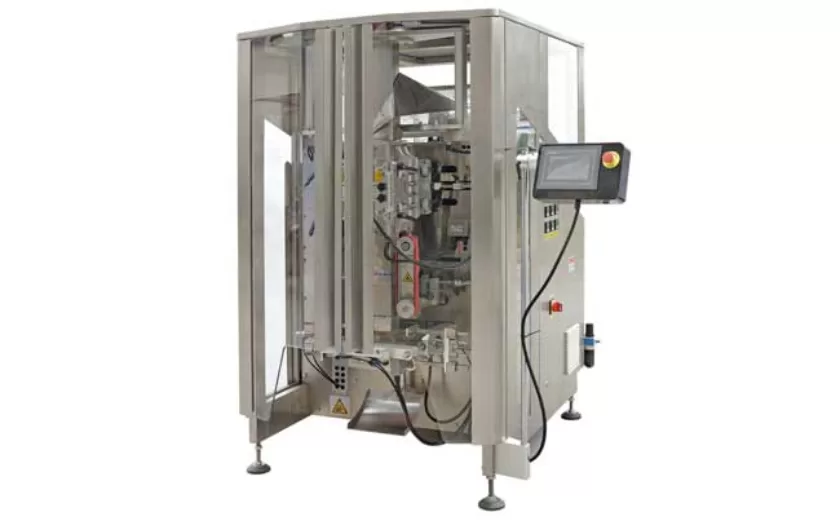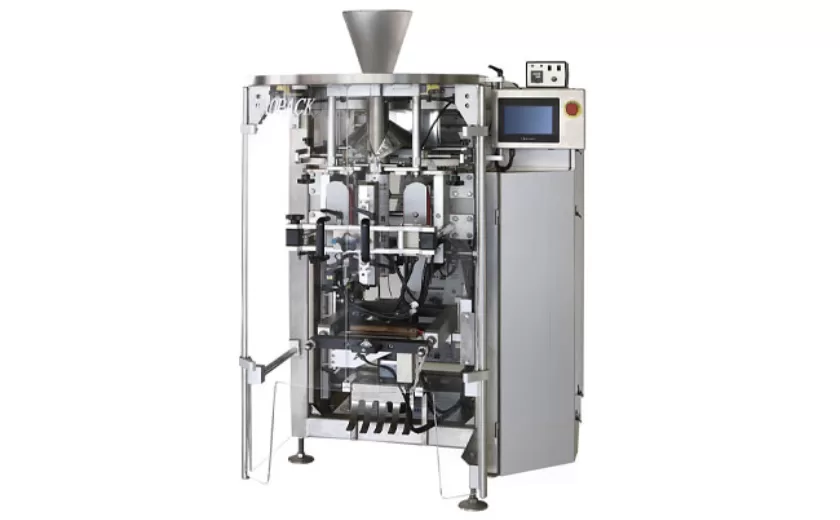Best Practices for Operating Multi Head Weigher Machines
Introduction
Multi head weigher machines are high-speed, precision weighing systems widely used in various industries, including food packaging, pharmaceuticals, and manufacturing. Optimizing their operation is crucial to maximize efficiency, accuracy, and product quality. This article presents best practices for operating multi head weigher machines, ensuring optimal performance and minimizing downtime.
Machine Setup and Calibration
Thorough Inspection: Before operating, perform a thorough inspection of the machine, including all mechanical and electrical components. Ensure all parts are properly assembled, clean, and in good condition.
Leveling and Alignment: Ensure the machine is level and properly aligned to avoid vibrations and ensure accurate weighing. Use a spirit level to check for any imbalances and adjust the leveling feet accordingly.
Calibration: Calibrate the machine regularly using certified weights. This ensures the accuracy of the weighing system and minimizes errors. Follow the manufacturer’s instructions carefully during calibration.
Product Handling and Loading
Product Suitability: Only use products suitable for the machine’s capabilities. Consider factors such as product size, shape, and flowability.
Proper Loading: Load products into the feeders evenly and consistently. Avoid overloading or underloading to ensure accurate weighing and prevent machine jams.
Product Flow Management: Ensure smooth product flow from the feeders to the weigh hoppers. Monitor product levels regularly and adjust the feed rate as needed to maintain a consistent flow.
Weighing Process Optimization
Target Weight Settings: Determine the optimal target weight for the product and set the machine accordingly. This ensures consistent and accurate weighing.
Weighing Accuracy Monitoring: Regularly check the weighing accuracy using control samples. Adjust the machine’s parameters as needed to maintain desired precision.
Regular Maintenance and Troubleshooting
Scheduled Maintenance: Conduct routine maintenance tasks according to the manufacturer’s recommendations. This includes cleaning, lubrication, and replacing worn parts to ensure optimal performance.
Troubleshooting: Quickly identify and resolve any operational issues that arise. Refer to the manufacturer’s manual or contact technical support for assistance.
Safety and Compliance
Operator Training: Ensure all operators are trained on the safe and proper operation of the machine. This includes understanding safety procedures and emergency protocols.
Compliance: Adhere to all applicable safety regulations and industry standards. Wear appropriate personal protective equipment (PPE) and ensure the machine operates in a safe environment.
Continuous Improvement
Data Monitoring: Regularly monitor machine performance data, including weighing accuracy, speed, and downtime. Analyze data to identify areas for improvement and optimize operations.
Feedback and Collaboration: Encourage operators and maintenance personnel to provide feedback on machine performance. Foster a culture of continuous improvement to enhance efficiency and reduce downtime.
-

Advanced Packing Solutions: Snacks, Sugar, and Frozen Food Machines
29-10-2025 -

Efficient and Reliable Solutions for Salt, Nuts, and Frozen Dumplings Packing
29-10-2025 -

High-Performance Biscuits, Lollipop, and Ketchup Packing Machines for Modern Food Production
29-10-2025 -

Efficient Liquid Filling and Packing Machines for Modern Production
23-10-2025 -

Reliable Granule Packaging Machines for Efficient Production
23-10-2025 -

Efficient Auger Powder Filling Machines for Accurate Packaging
23-10-2025 -

High-Performance Liquid Filling and Packing Machines for Hygienic Production
10-10-2025 -

High-Efficiency Granule Packaging Machines for Precision and Speed
10-10-2025 -

High-Precision Auger Type Powder Filling Machines for Efficient Packaging
10-10-2025 -

Efficient Vertical Form Fill Seal Packaging Machines for Smart Production
10-10-2025





